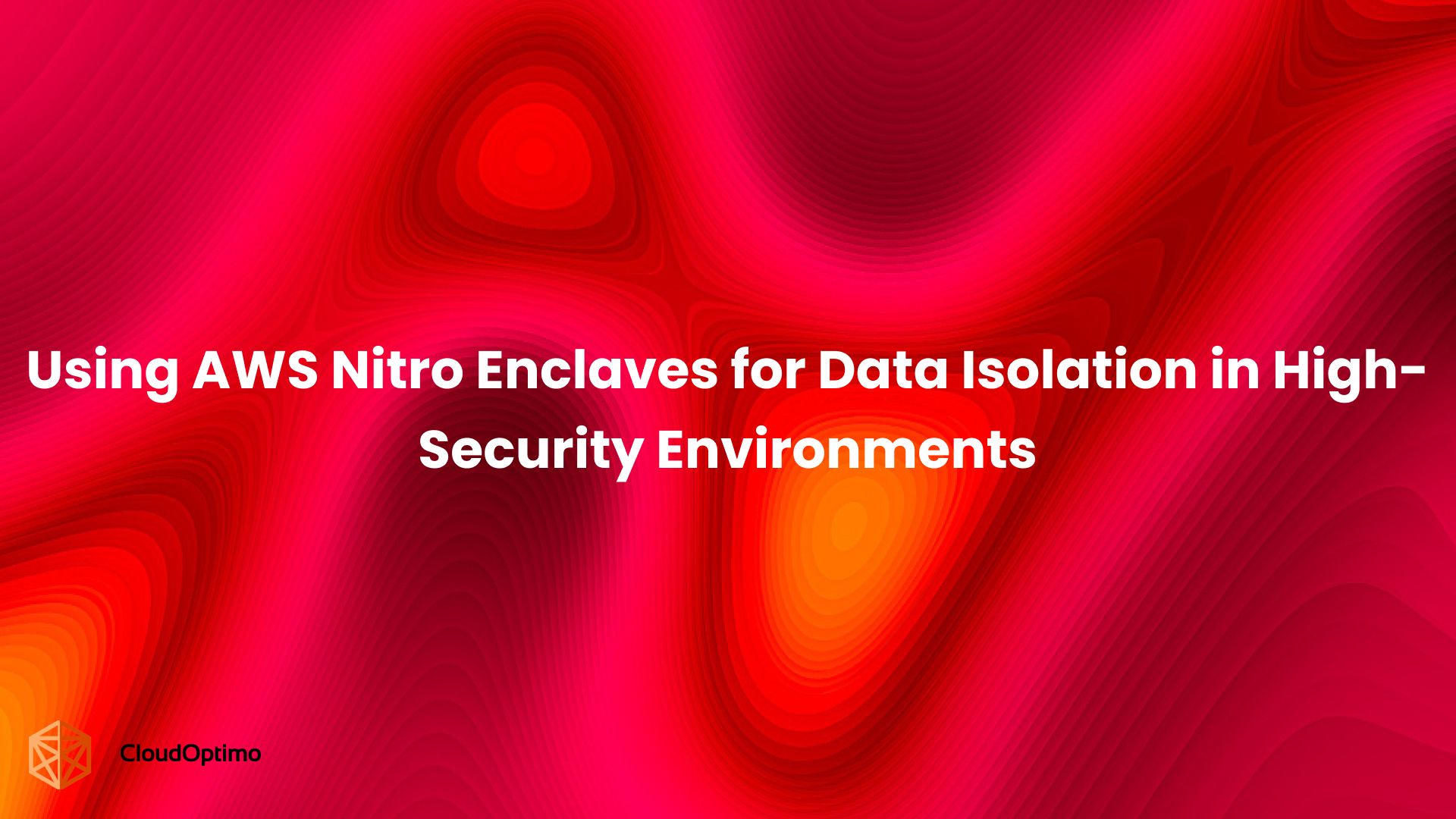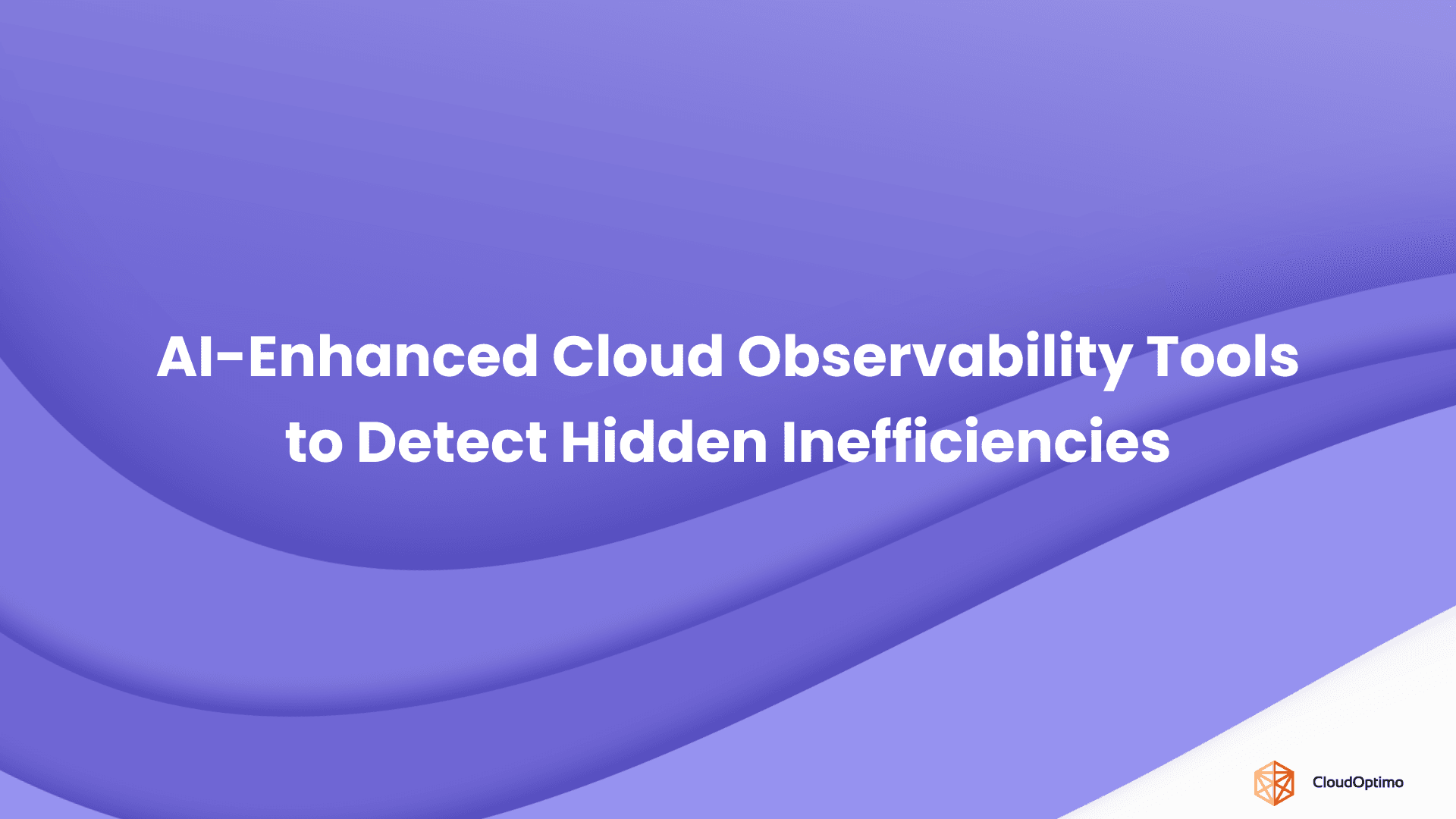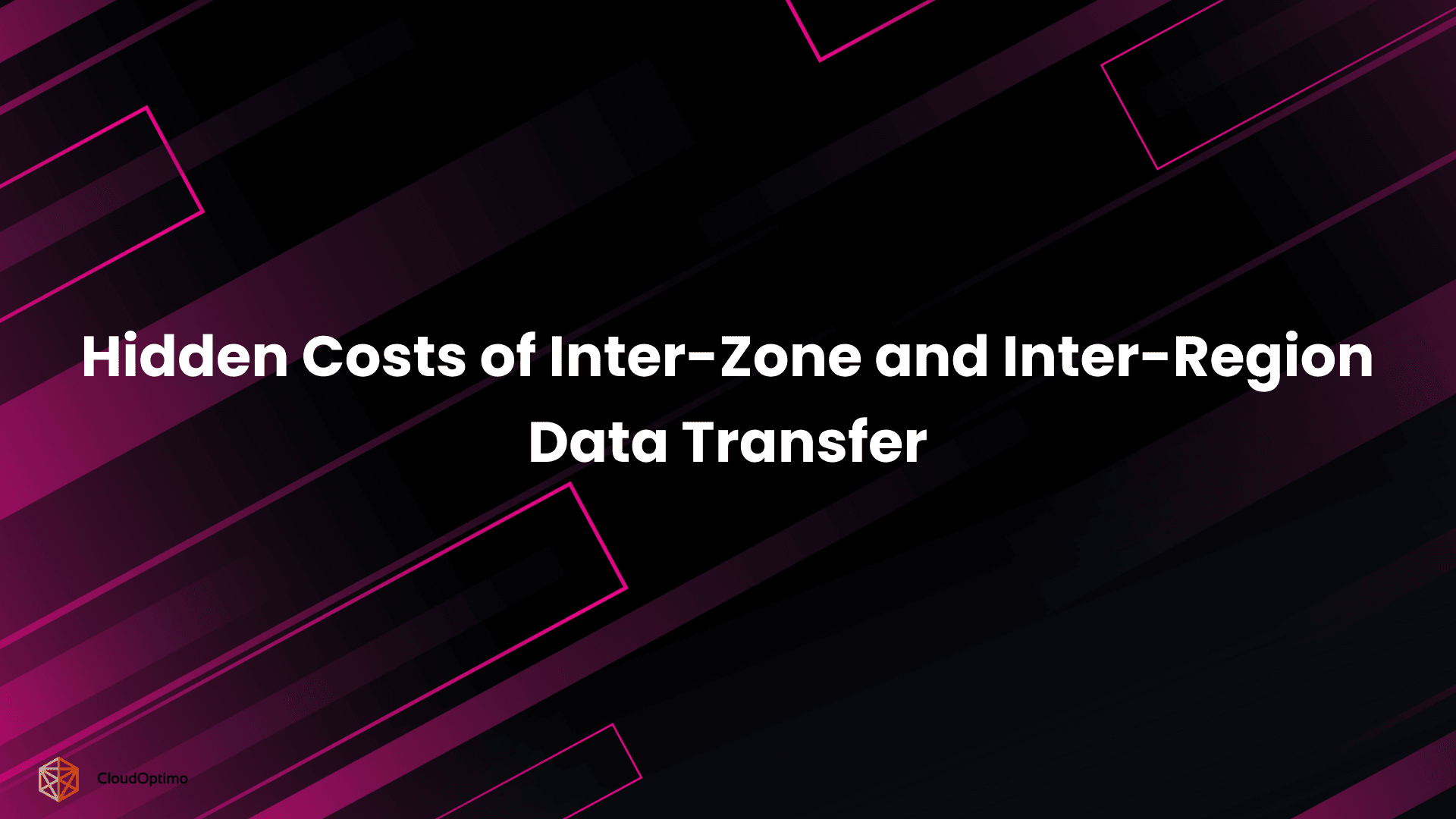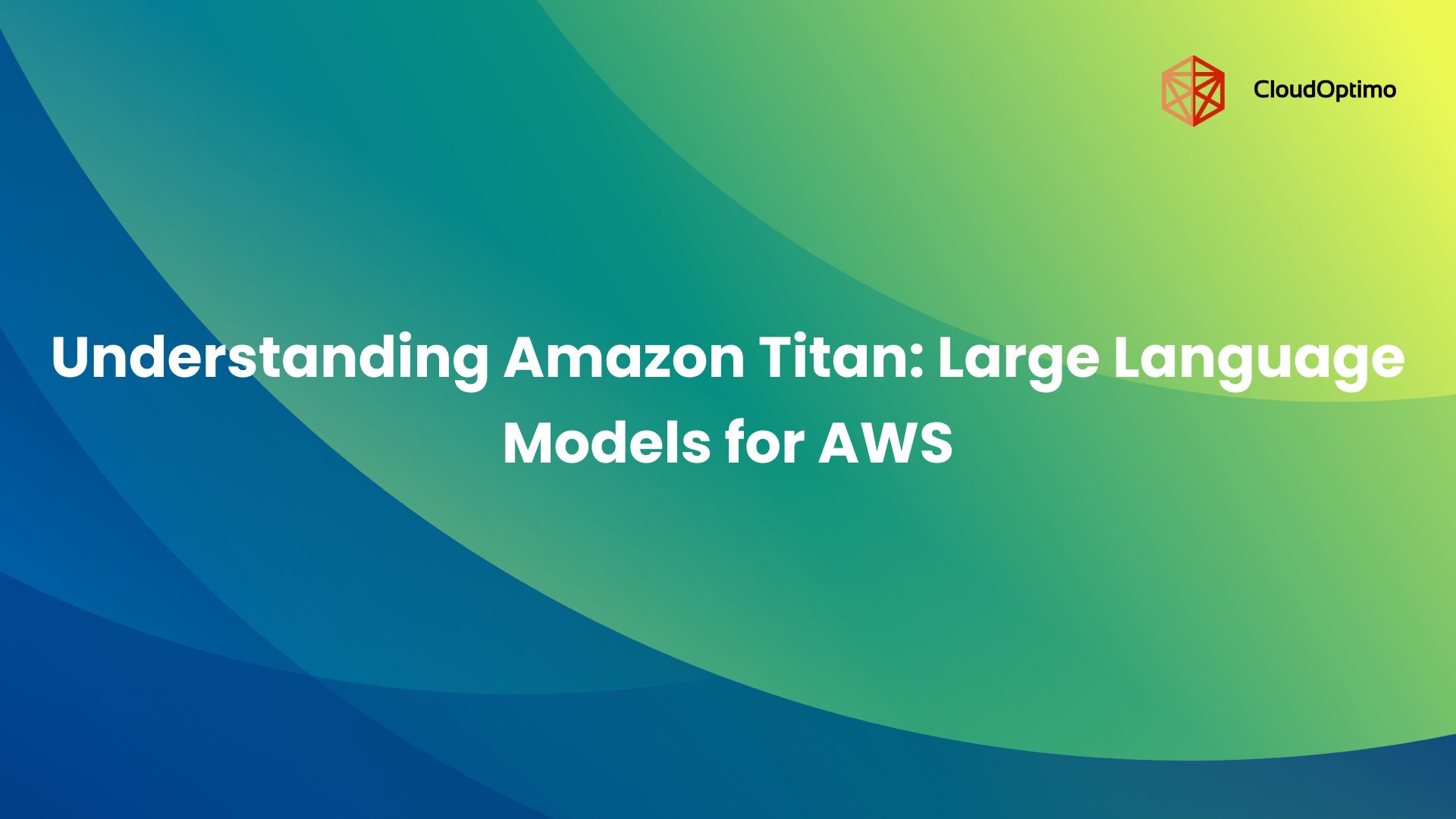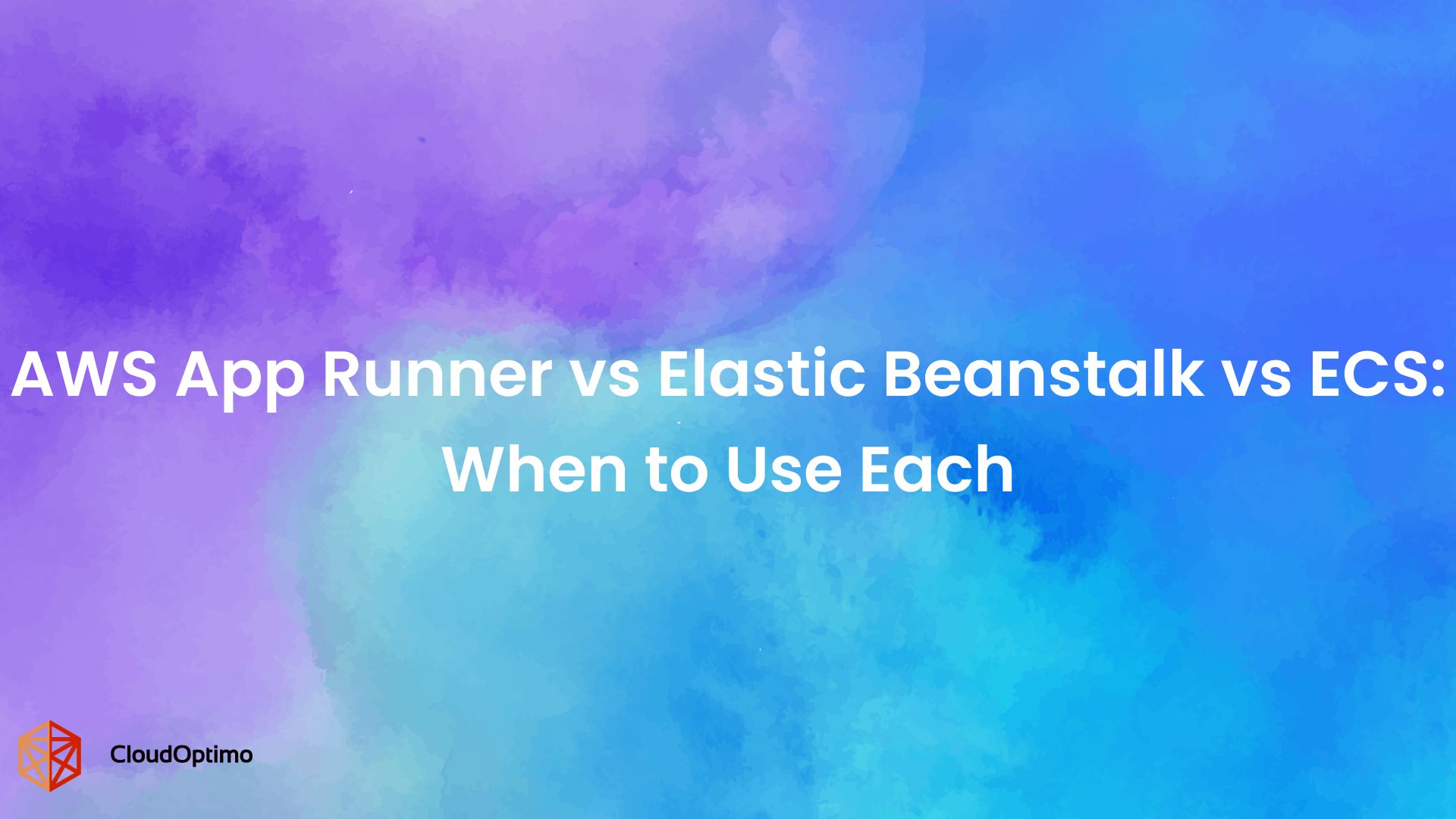Moving to the cloud isn’t just about shifting servers or storage. It’s about transforming how your business operates. Done right, cloud migration can unlock agility, reduce costs, and drive innovation. But if you treat it like a simple IT upgrade, the risks quickly outweigh the rewards.
In this blog, we’ll walk through seven common pitfalls companies face during cloud migration. Whether you're planning your first migration or trying to get back on track after a bumpy start, we will help you stay focused on what matters.
The Stakes: Opportunities and Risks
Cloud migration is not a background IT task. It reshapes how a business runs, competes, and delivers value. The decisions made in the early stages carry long-term consequences that affect performance, costs, and resilience.
Before exploring common pitfalls, it’s important to understand what’s actually at stake:
- Infrastructure costs can increase instead of decrease if usage is not monitored from day one. Many teams move to the cloud expecting savings, only to see unpredictable billing and underused resources.
- Critical systems can become harder to manage, not easier. Applications that once worked well together may behave differently in the cloud if dependencies are not carefully mapped and tested.
- Operational responsiveness may decline when cloud adoption is not coordinated across teams. Without alignment, workflows can become fragmented, slowing decision-making and delivery cycles.
- Security assumptions often break down. What was secure on-premises may not be secure in the cloud, especially when roles, access controls, or audit trails are left as afterthoughts.
These are not theoretical risks. They are common outcomes when organizations treat cloud migration as a routine handoff to IT instead of a coordinated shift in how the business operates. Understanding these early trade-offs helps build a stronger case for proper planning, cross-functional ownership, and the discipline to avoid shortcuts.
Why Most Migrations Start Wrong?
A manufacturing company with 15 years of stable operations decided to move to the cloud to reduce costs. Their IT team saw it as a straightforward server relocation project. Six months later, their customer portal was down twice a week, integration costs had tripled, and the finance team was questioning every cloud decision.
The problem was not the technology. The problem was treating cloud migration as a simple infrastructure move when it transforms four critical areas of business operations:
- Platform operations change completely. Moving to cloud infrastructure means different performance models, new service expectations, and deployment cycles that can disrupt existing workflows.
- Application architecture often needs rebuilding. Systems designed for physical servers rarely work well in cloud environments without significant changes, especially when moving from single-application structures to modular designs.
- Daily operations must be redesigned. How teams monitor systems, respond to incidents, manage releases, and provide support becomes fundamentally different in dynamic cloud environments.
- Team structures and responsibilities shift. New workflows, roles, and decision-making processes emerge as engineering, finance, and compliance teams share different responsibilities than they had with on-premises systems.
There are choices and trade-offs unique to each tier. Ignoring any one of these may result in a disjointed execution and low ROI.
One common example of this oversimplification is the widespread reliance on lift-and-shift strategies, an approach that often delays rather than solves the real challenges of modernization.
Moving Beyond Lift-and-Shift
Many organizations start cloud migration with a lift-and-shift approach. This means moving applications to the cloud without changing how they are built or how they work. It’s often done to save time or reduce short-term risk. But this method rarely delivers the full benefits of the cloud.
But while it delivers speed, it also carries significant limitations. Most lift-and-shift efforts do not consider whether the applications being moved were designed for elastic, distributed environments. This results in systems that function in the cloud but do not perform well, scale efficiently, or take advantage of native cloud capabilities.
Here are the most common issues with relying only on lift-and-shift:
- Higher costs than expected – Applications designed for physical servers don’t use cloud resources efficiently. This often leads to over-provisioning and unexpected bills.
- Old problems stay in place – If an application had performance or scaling issues before migration, those issues usually continue and can even get worse in the cloud.
- Missed cloud benefits – Lift-and-shift doesn’t take advantage of key cloud features like autoscaling, managed services, or serverless functions. These are often the features that reduce manual work and improve speed.
- Difficult to improve later – Once systems are running in the cloud, it becomes harder to pause and rebuild them properly. Teams get busy with operations, and technical debt continues to grow.
Lift-and-shift may seem like a quick win, but it creates long-term limits. It also gives the false impression that modernization has happened when, in reality, very little has changed.
Moving beyond lift-and-shift means looking at which systems need to be updated. It doesn’t mean rewriting everything from scratch. It means:
- Identifying which applications will benefit from being redesigned
- Choosing cloud services that can replace parts of your current setup
- Planning changes in phases to reduce disruption and avoid large risks
Cloud migration should be more than relocation. It should lead to better systems that are easier to manage, scale, and improve. Getting there starts with moving past lift-and-shift as the default approach.
Without clear connections between business objectives and migration efforts, even the most technically sound migrations can fail to deliver meaningful results.
This leads us to a common and critical challenge many organizations face:
Misaligned Business Expectations
A large retail company expected to cut infrastructure costs by 30% and speed up deployments by 50% after moving to the cloud. But 18 months later, infrastructure costs were 15% higher, and deployment cycles had slowed due to unfamiliar approval workflows and misaligned tools.
This type of gap typically appears between months 4 and 8, once technical migration milestones are marked “complete,” but expected business benefits are still missing. What IT sees as delivery, other departments may see as failure.
Are business and IT working toward the same outcome?
If IT focuses on uptime and stability while finance tracks cost reduction and product teams expect faster releases, frustration builds on all sides. The result is miscommunication, misplaced priorities, and ultimately, lost momentum.
Preventing Misalignment Before It Starts
Make outcomes explicit and shared, not assumed:
- Set a joint target review session before migration begins – include IT, finance, and operations to define what “success” looks like in numbers (e.g., “30% cost reduction over 12 months on infrastructure OpEx, excluding licensing and training”).
- Document 3–5 shared outcome metrics, such as average deployment time, infrastructure cost per environment, or percentage of automated releases.
- Hold monthly alignment checks during migration – compare actual progress to original targets with both business and tech leads present.
- Map ownership for each business goal – for example, assign a specific stakeholder to own “cost transparency” or “deployment frequency,” not just technical uptime.
Success starts when everyone agrees on what they're aiming for and how progress will be measured along the way.
Lack of a Clear Cloud Strategy
A software provider rushed to migrate 80% of its services within nine months. However, without a clear migration sequence, key backend systems remained on-premises. This mismatch caused outages, disrupted operations, and forced a costly partial rollback.
This issue typically becomes visible between months 2 and 4, when initial workloads start moving but coordination gaps lead to confusion. Small signs, unclear priorities, duplicated efforts, or unclear ownership slowly build into bigger problems. Applications get migrated out of order, costs escalate unexpectedly, and teams spend time resolving avoidable issues.
A common mistake is migrating an application without confirming if its dependencies remain on-premises. Another is selecting cloud services without understanding pricing structures and long-term costs. Without a clear strategy, tactical decisions create lasting challenges.
Taking Control of Your Cloud Migration Roadmap
Before moving any workloads, take these essential steps:
- Run a focused, 3-day dependency mapping exercise to identify critical application relationships and migration order
- Assign phase leads with clearly documented roles and expectations for each migration stage
- Establish monthly roadmap reviews to assess progress and adjust plans based on actual outcomes
By putting structure and oversight in place early, teams can avoid costly surprises and keep the migration aligned with business goals.
Every migration needs flexibility. But that flexibility only works within a framework that guides decision-making and progress.
And once the roadmap is set, there’s a deeper layer to manage the technical complexity hiding beneath systems that may look simple on the surface.
Ignoring Technical Complexity
A financial services firm moved its customer portal to the cloud without fully understanding the technical dependencies involved. By months 3 to 6, frequent outages and slowdowns began affecting users, forcing urgent fixes and delaying the project timeline.
Technical complexity often goes unnoticed early on. An application might depend on databases, APIs, or on-prem systems that aren’t yet ready to move. Cloud environments introduce new factors like latency between regions and traffic spikes that impact performance differently than on-premises setups.
This challenge typically surfaces between months 3 and 6, when initial migrations are underway but unexpected issues disrupt service and require remediation. Overlooking these complexities can lead to performance degradation, data inconsistencies, and costly downtime.
Common mistakes include assuming an application can be lifted “as-is” without redesign and skipping essential performance tests in the cloud environment.
Steps to Reduce Technical Risk
- Conduct a focused 3-day system dependency mapping to identify all application links and potential migration blockers
- Perform early cloud-based performance and latency testing to uncover hidden bottlenecks
- Evaluate applications for refactoring or re-architecting needs before migration to ensure cloud compatibility
Managing complexity isn’t about making things perfect; it’s about knowing what you’re dealing with before making changes. Once teams understand the technical depth involved, the next challenge becomes managing the financial complexity that comes with cloud adoption.
Misjudging Cloud Costs and Services
A financial services firm moved key workloads to the cloud, expecting to reduce costs by 25%. Instead, after a year, their monthly cloud bill had increased by 40%. The team had overprovisioned resources, left unused test environments running, and selected pricing tiers that didn’t match actual usage.
This pitfall usually appears between months 6 and 12, when initial enthusiasm fades and detailed billing reports reveal unexpected expenses. What looks like cost savings in planning can turn into budget overruns if cloud spending isn’t actively managed.
Are your cost assumptions aligned with real usage and pricing details?
Without regular cost tracking and right-sizing, spending can spiral out of control. Vendor lock-in can also limit your options and inflate future expenses.
Avoiding Cost Surprises
Approach cost management as an ongoing discipline, not a one-time setup:
- Use cloud provider cost estimation tools early, and validate budgets against realistic workload profiles before migration starts
- Set daily or weekly cost alerts for services exceeding set thresholds (e.g., $500/month) to catch overruns quickly
- Review and adjust resource allocations monthly based on actual consumption
- Favor open standards or multi-cloud-compatible tools to reduce vendor lock-in risk
But even with budgets under control, there’s another area that demands equal focus: security and compliance.
Inadequate Security and Compliance Planning
A healthcare company assumed that their cloud provider’s security meant their data and access were fully protected. Months into migration, they discovered critical gaps, unencrypted backups, overly broad access permissions, and missing audit logs exposing them to compliance risks and potential data breaches.
Security gaps often surface between months 8 and 18, as migrations expand and cloud environments grow more complex. Waiting until after migration to involve security teams or run audits can lead to costly fixes and regulatory issues.
Is your security responsibility clearly shared and understood?
Cloud providers secure infrastructure, but data, identity, and compliance remain your responsibility. Overlooking this distinction can have serious consequences.
Building Security into Migration
Security must be integrated from the start, with clear ownership and ongoing checks:
- Engage security and compliance teams before moving any workloads to define controls and responsibilities
- Understand your cloud provider’s shared responsibility model in detail
- Implement encryption for data at rest and in transit before migration
- Schedule regular compliance audits and automated monitoring for policy violations
- Use identity and access management (IAM) best practices to restrict permissions tightly
Proactive security planning protects data, ensures compliance, and builds trust in your cloud journey.
Security and compliance create their own challenges, but even when technical requirements are met, the human element often determines whether migrations succeed or fail.
Ignoring the Human Side of Migration
A manufacturing company experienced repeated delays because key teams resisted new workflows after cloud migration. Developers, operations, and business units worked in silos, causing duplicated efforts and missed deadlines. Morale dropped as employees felt left out of decisions impacting their daily work.
This challenge usually emerges between months 4 and 10, when initial technical issues settle but people start feeling the real impact of changed routines and expectations. Resistance and misalignment can quietly undermine progress.
Are your teams prepared and aligned on how migration will change their work?
Ignoring the human factor risks delays, errors, and loss of momentum. Communication and involvement are essential to gain buy-in and smooth transitions.
Building Engagement and Ownership
To minimize resistance and improve collaboration:
- Communicate migration goals, benefits, and impacts clearly to all affected teams early and often
- Involve key users and team leads in planning new workflows and tool adoption
- Adjust team structures to support cloud ways of working, clarifying roles and responsibilities
- Monitor team feedback regularly and address concerns promptly
Successful cloud adoption depends on people feeling informed, involved, and empowered.
Cloud adoption succeeds when teams feel ownership, clarity, and confidence. That’s why the final pitfall is just as critical: team readiness.
Lack of Team Readiness and Skill Gaps
A retail IT department faced escalating errors and bottlenecks because its staff lacked cloud platform training. Without understanding cloud-native development, automation, and container management, teams struggled to deploy and secure applications reliably.
Skill gaps typically become apparent between months 4 and 10, when teams move beyond initial migration basics into complex operational tasks. Without preparation, technical debt and dependency on a few experts increase risks.
Is your team equipped to manage cloud environments confidently?
Cloud migration demands new skills and mindset shifts traditional IT experience alone isn’t enough.
Closing the Skill Gap
Prepare your teams to succeed by:
- Investing in hands-on cloud training and certifications tailored to roles (e.g., architecture, security, operations)
- Defining clear ownership for cloud governance, architecture, and security functions
- Bringing in external expertise or consultants for complex or high-risk phases
- Encouraging continuous learning and sharing best practices
Cloud migration isn’t a one-time project; it’s a shift in how your organization delivers technology. And that shift starts with the people behind it.
The Cloud Migration Mindset: Key Habits of Successful Journeys
Avoiding individual pitfalls is not enough. Long-term success in cloud migration depends on building discipline into how teams work, not just how they deploy.
Organizations that succeed develop specific patterns of decision-making, accountability, and adaptability that support each stage of the migration. These habits reduce rework, maintain clarity under pressure, and help teams respond to change with structure instead of guesswork.
Common habits of successful cloud teams:
- They connect migration efforts directly to measurable business outcomes and revisit them regularly
- They assign clear accountability across technical and non-technical functions, avoiding ownership gaps
- They treat the migration plan as dynamic, adjusting based on complexity, cost, or operational feedback
- They invest in knowledge early, not only training, but building shared understanding across teams
- They define what happens after the migration in terms of operations, governance, and optimization
This mindset helps organizations stabilize after migration and prepare for scale. It ensures the shift to cloud is not only implemented but also absorbed into how the business operates.
With these habits in place, teams are better positioned to avoid recurring issues and realize the long-term value of cloud adoption.
Migrating with Confidence
Cloud migration is not a one-time project – it’s a continuous shift in how an organization runs its technology, teams, and operations. The process introduces complexity, but with the right approach, it can become a structured transition rather than a disruptive one.
By understanding the common pitfalls and preparing for them early, organizations can avoid reactive decisions and reduce the risks that typically slow down or derail migrations.
The real foundation of success lies in aligning three things:
- Clear business priorities
- Skilled, accountable teams
- A strategy that evolves with the organization’s needs
When these elements work together, cloud adoption delivers more than infrastructure change – it enables faster product delivery, improved cost control, stronger system reliability, and a foundation for ongoing innovation.

